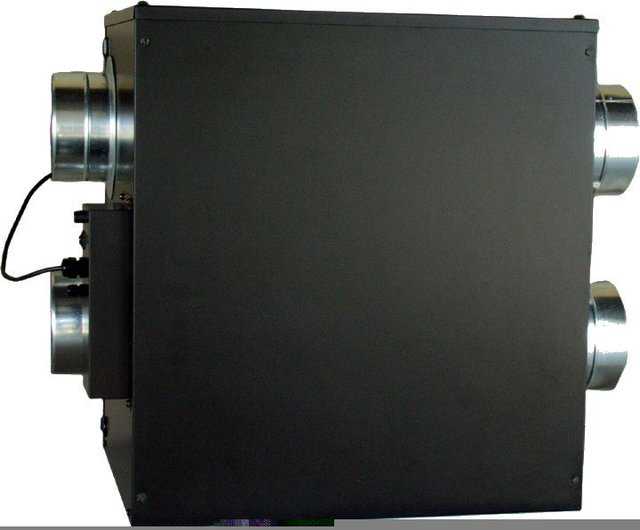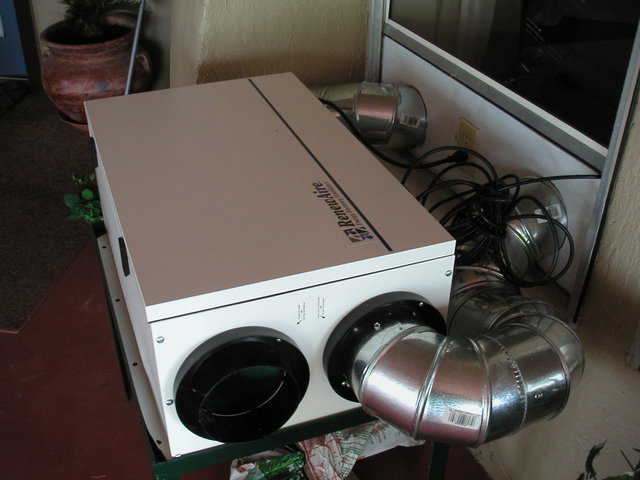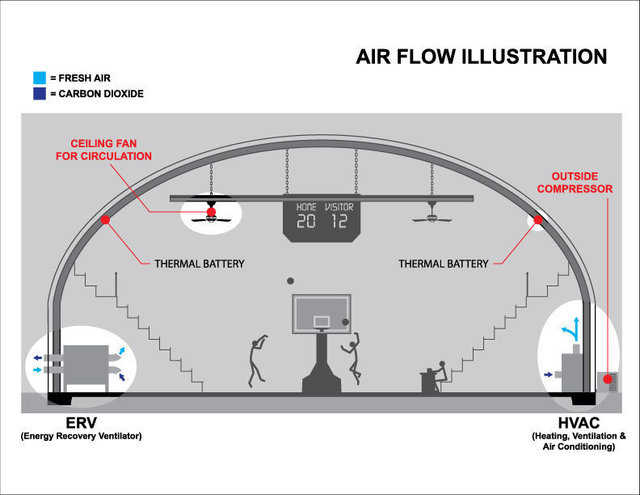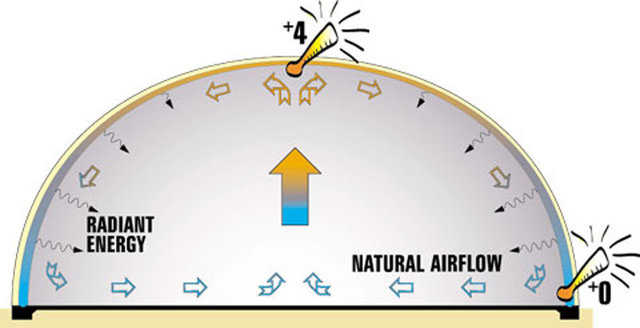Interior Construction Products
Products you choose for the inside of your Monolithic Dome can add to your comfort and feeling of security. At Monolithic, we continually shop for, research and test various devices, that – according to their advertising — were designed to improve everyday life. We often reject and discard such items. But those that we find useful and true to their advertised claims, we continue using in our own dome-homes and our business facility. We now recommend and offer these products to our clients. They include but are not limited to automated devices for monitoring interior air quality and humidity, Energy Recovery Ventilators (ERV) and on-demand hot water heaters. Please take the time to review our selection. You may want to incorporate one or more into your construction plans.




